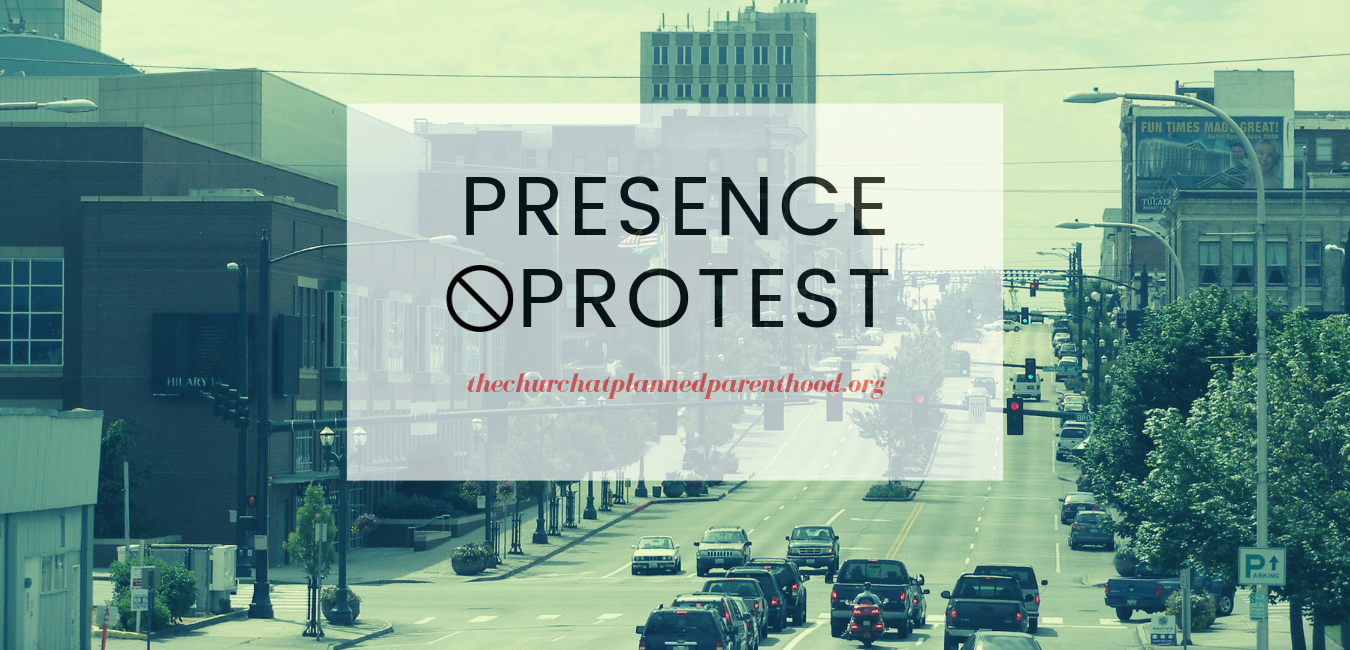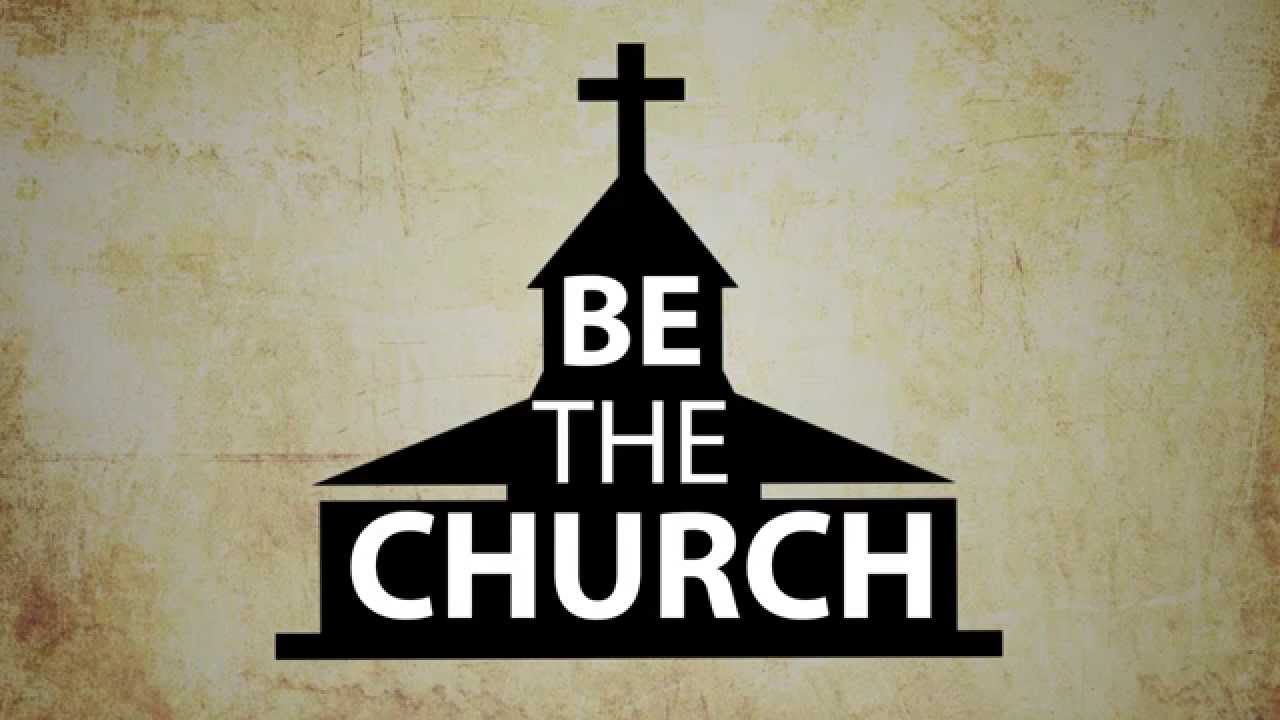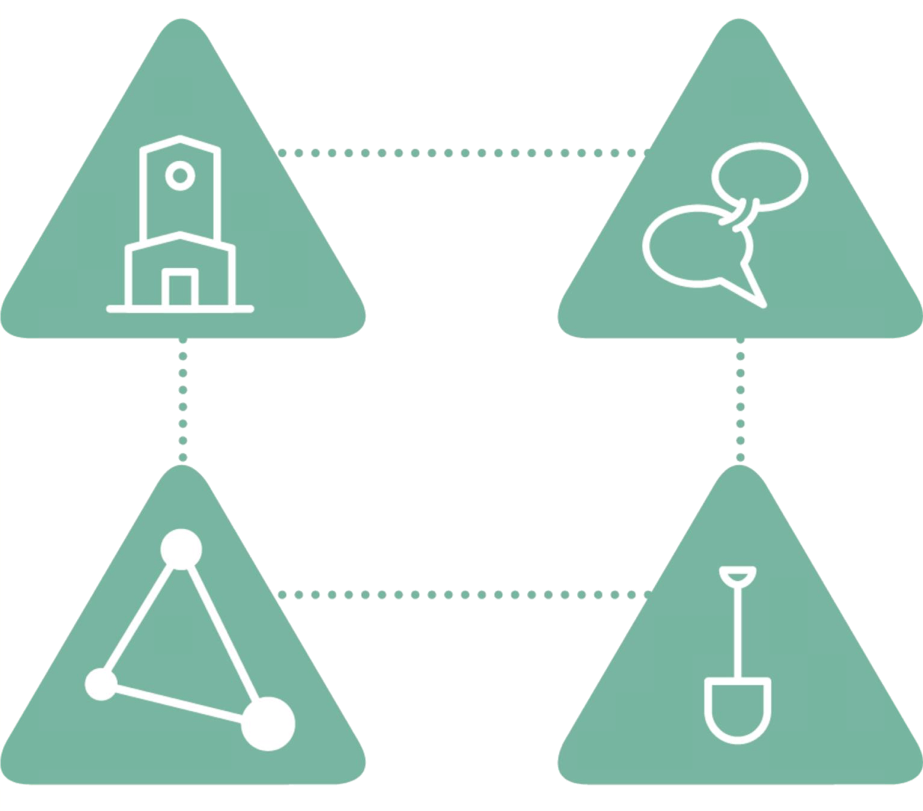The second chapter provides us a snapshot for the entire book of Acts. The chapter gives  us a glimpse into how God, by His Spirit, builds His Church through gospel truth, gospel community, and gospel living (our core values).
us a glimpse into how God, by His Spirit, builds His Church through gospel truth, gospel community, and gospel living (our core values).
Before we can identify any pattern of sorts, it is important that we understand the form and function of the particular Scripture that we are reading. Specifically, we must understand the genre of the literature, its intended audience, and its historical purpose. Paul says that ALL Scripture is breathed out by God, ALL Scripture is useful, and that ALL Scripture is designed to build our faith (2Timothy 3.16; Romans 15.4). But ALL Scripture doesn’t do this at the same time in the same way.
While all Scripture plays a part in the larger story of the Bible, we need to understand how each book of the bible, or letter, or song, is being used so that we know how to use it. In reading the Book of Acts, it is important to start with understanding questions like: Who wrote the book of Acts? What is the book of Acts about? Why was the book of Acts written? How are we to use the book of Acts? What is the difference between prescriptive and descriptive passages?
This last question is probably the most important one. There is a difference between that is described in the Bible and what is prescribed. Even if we can identify different functions or forms, we must consider which ones are non-negotiable and which ones are open to change with culture. Acts 2 is a great example of a descriptive passage that reveals some repeatable patterns. In this chapter, the patterns reveal more about how God works through men, than how men should endeavor to work for Him. Consider the following pattern:
- Disciples Pray Together (V.1): As they are waiting for the Holy Spirit, we can assume they are praying as they were in chapter 1. Prayer has always been of first importance in doing God’s work. Even before Jesus died and rose again, he did not tell his to work but to pray for more workers for the field (Matthew 9.37-38).
- The Holy Spirit Moves (V.2-12) : God always moves first. Men who move before the Holy Spirit empowers or speaks are foolish. And the move of the Holy Spirit is more than a feeling. As we see in Acts 2, it is evidenced by a power, revelation, and might works (That often stir questions from the community).
- Leaders/Missionaries arise or are sent (v. 14-21): The 12 disciples had already been commissioned as Jesus’ leaders. Now, we see that among the leaders among the leaders–men with a special call or commission. In this case, Peter arises as the first among equals. The ministry of the church will center in Jerusalem led by Peter through Acts 12. From Acts 13 until the end, we see it shifts to Antioch led by Paul.
- The Gospel is Preached (V.22-40): Peter, an uneducated fisherman, preaches his first sermon. His first sermon was simple. He did not teach. He did not counsel. He proclaimed what Jesus had done to save men from their sin. He called the people who had killed Jesus to repent, called for them to believe that He was alive, and called for them to receive the Holy Spirit. Unlike many sermons we hear today, Peter’s first wasn’t creative or colorful. But unlike many sermons today, it was convicting.
- People are Converted (v.41): When the gospel is preached, people want to love Jesus or kill Him again. There is never a “so so” response to the gospel. If there is no response, then the gospel is not being preached. As a result of the gospel going forth, about 3,000 people become Christians.
- A Church is gathered (v. 42-46): The new believers gather together to worship at the temple and to fellowship in homes. The experience what we would call “Gospel Community”. People who were strangers, people of different ages, races, genders, and social stations gather as one big family of families. They learn together. They worship together. They take communion together. They pool their resources together. They do life together. This is much more than a costco membership–they invest in one another’s lives.
- The Church Witnesses by how they live (v. 47): As the church gathers, they do not plan any gospel outreach events or evangelistic crusades. They simple live the gospel out. And as they do, the community begins to love them. Then, it begins to join them. The greatest evangelistic tool the church has, it seems, is loving one another in a gospel-centered way.
This is how God built His church. This is God how God builds His church. This is how God will build His church. As we grow and go, we must ensure that we are trying to out-strategize God. We cannot commit to be fruitful (that is not in our power), but we can endeavor, by grace, to be faithful to preaching gospel truth, gathering as a gospel community, and devoting ourselves to gospel living.




